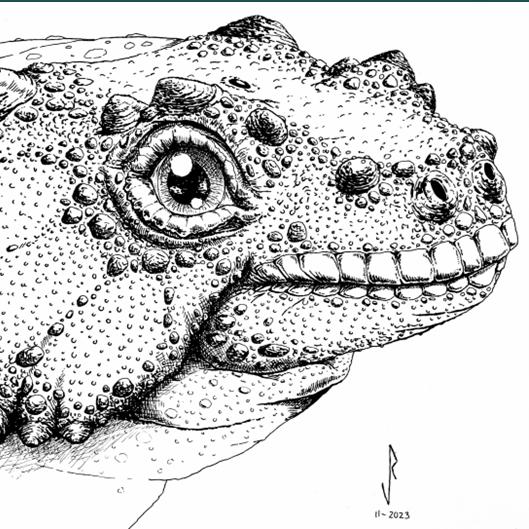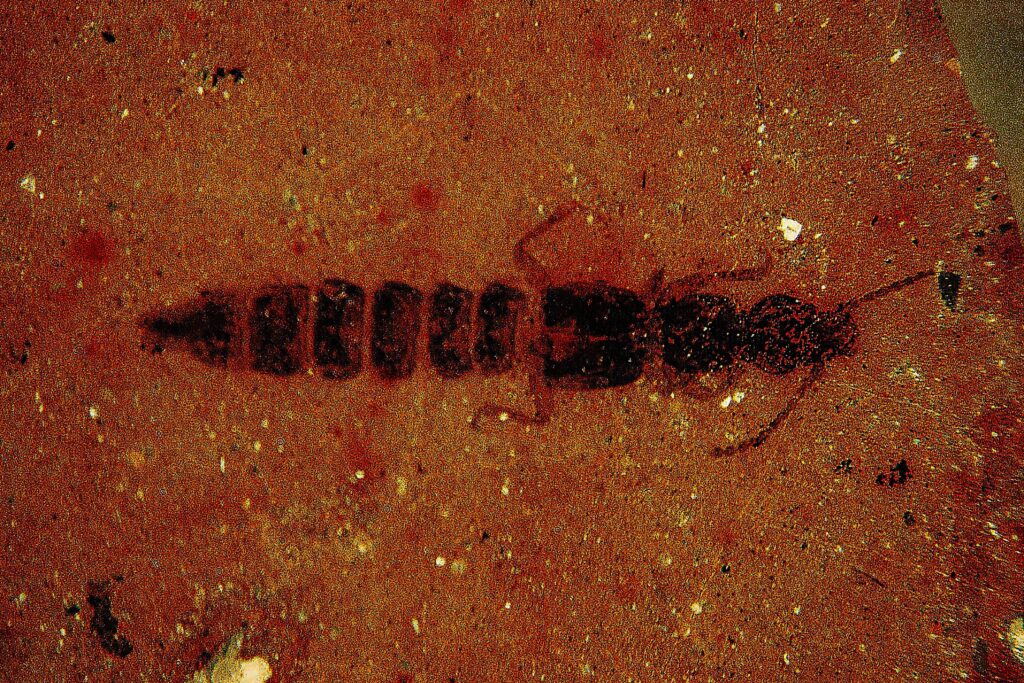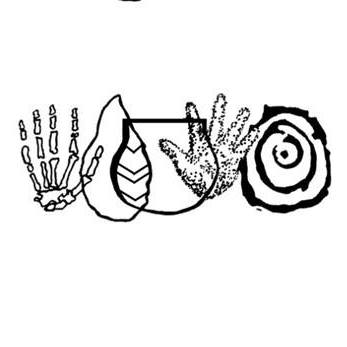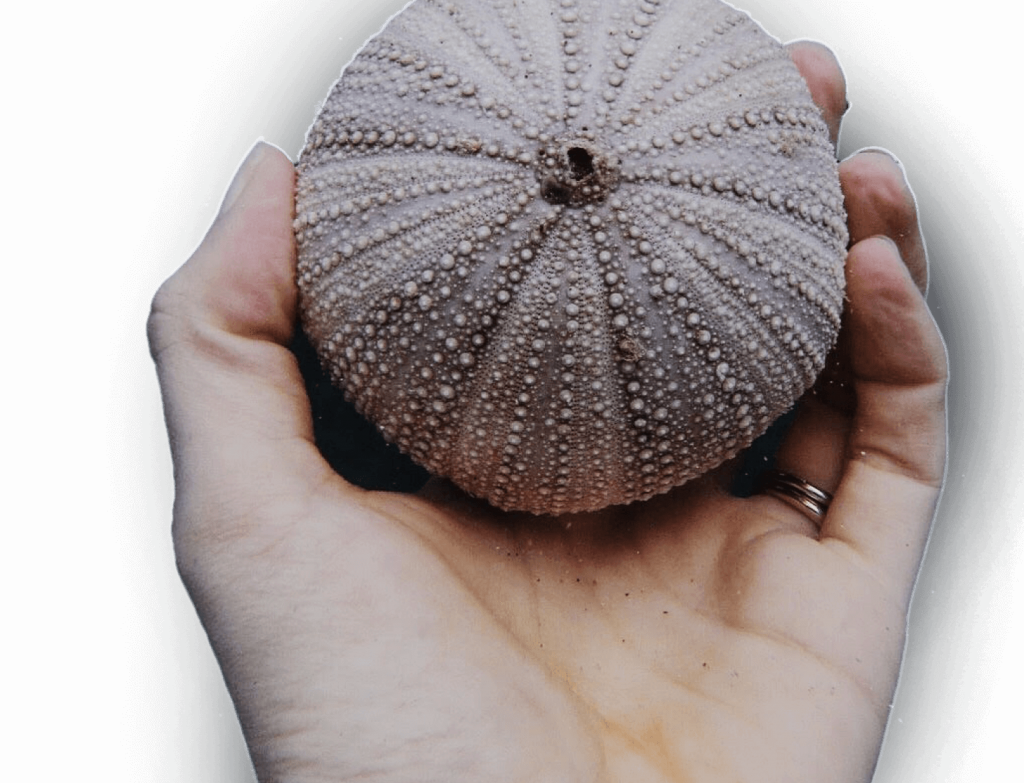Play Africa and GENUS launches a first-of-its-kind Dinosaur Dig learning experience
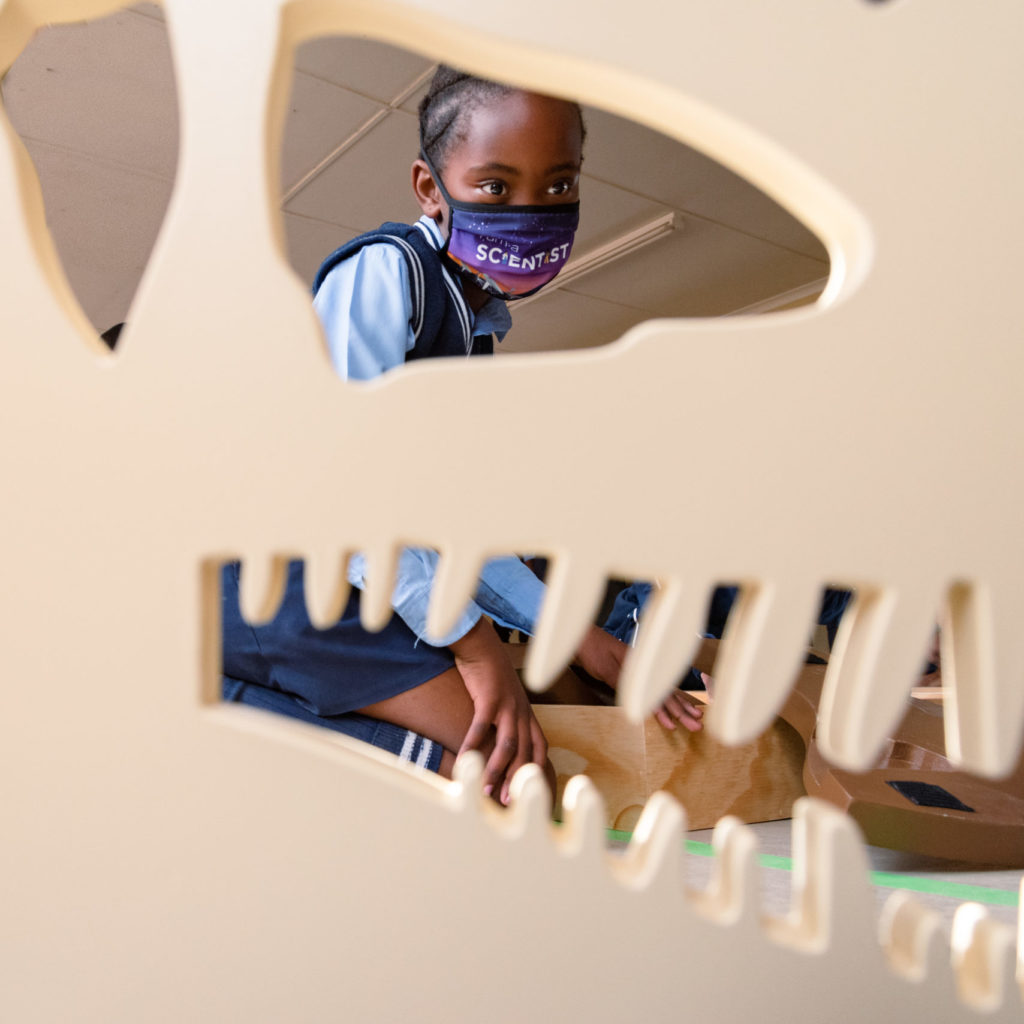

First exhibition of its kind worldwide: Inspiring the scientist of tomorrow through play
Children in Qhemegha, Eastern Cape, experienced the wonder of dinosaurs as GENUS partner Play Africa launched its new “Dinosaur Dig” traveling exhibition, a first-of-its-kind learning experience inspired by scientific research in their community. The small village of Qhemegha sits along the Orange River, which now forms the border with Lesotho. But 200 million
years ago, this area was a vast and lush river basin, and home to some of the earliest dinosaurs. In 2015, local community members alerted South African universities of the dinosaur fossils in the area. Since then, palaeoscientists have been working with the local community to excavate what is now known as one of the richest dinosaur fossil sites in Southern Africa.
Play Africa, a children’s museum based at Constitution Hill in Johannesburg, partnered with GENUS and the Evolutionary Studies Institute at Wits University to design and build the “Dinosaur Dig” traveling exhibition. The 100-m2 hands-on exhibition was designed and built by local small businesses before being transported to Qhemegha Senior Primary School. The interactive exhibit includes playful learning elements, and even part of a life-size dinosaur skeleton created with a 3D printer.
“Our partnership with Play Africa on the Dinosaur Dig exhibition has been an enriching experience. We love how Play Africa has brought together scientists, artists, educators, and the community to create an interactive exhibition that is both fun and educational,” said Dr Christine Steininger of GENUS, a global hub that supports the study of the origins of
species.
The aim of the exhibition was to introduce the 160 learners of the schools and ECD centres in the area to the fields of palaeosciences and to discover the lost world of dinosaurs through playful learning.
“We’re thrilled to have launched this exhibition in Qhemegha, a community that has told stories about the area’s rich dinosaur fossils for generations, and is now internationally renowned in the field of palaeoscience,” said Play Africa’s CEO Gretchen Wilson-Prangley. “We believe the children of Qhemegha are among the potential South African palaeoscientists of tomorrow.”
Play Africa collaborated with South African palaeoscientists, teachers and community members to design the exhibition, in which learners moved through different scenes to envision ancient landscapes and learned more about how palaeontologists dig for fossils.
“The greater Qhemegha community has been the catalyst for groundbreaking research on dinosaurs,” said Prof. Jonah Choiniere of the Evolutionary Studies Institute, “and now we’re closing the loop by bringing that research back to them to inspire the next generation of palaeontologists.”
Exhibitions like Play Africa’s can also help support South African efforts to develop a prosperous palaeotourism industry, by linking scientific research in the area to economic growth. “You could see and feel the optimism and enthusiasm of the whole village about this exhibition,” said Sginyane Ralane, a
prominent local community member, who along with local shepherd Dumangwe Thyobeka, first alerted Choiniere to the existence of the fossils. “Ultimately we would love to see the
children of this village following studies in paleoscience at university. The future looks brighter for these children through playful learning.” “I learnt we live in the most interesting place for digging with our landscape here in Qhemegha,” said Amkelwe Mnduze, a girl in Grade 7 at Qhemegha Senior Primary. “I found out that dinosaurs are not monsters; they are a lot like any animal. My favourite was the Nqwebasaurus.”
